I've been trying to produce a glossy shading using the Phong model but for some reason instead of glossy appearance, all I get is big white blotch on the front of the sphere. Initially the model worked for a single sphere, but now I've updated the code so I can draw multiple spheres and the model has started to fail despite applying the same logic and I don't know why.
single sphere: diffuse and specular

diffuse, multiple

diffuse+specular, multiple

main part
vec color(const ray& r)
{
vector <sphere> objects;
vector <Light> lighting;
objects.push_back(sphere(vec(0,-100.5,-3), 100, vec(0, 1, 0)));
objects.push_back(sphere(vec(0, 0, -1), 0.5, vec(1, 0, 0)));
objects.push_back(sphere(vec(0, 1 ,-1), 0.5, vec(1, 0, 1)));
lighting.push_back(Light(vec(0, 0, -1), vec(0, -1, 0)));
float infinity = 2000.0;
sphere* closest = NULL;
vec background_color( .678, .847, .902);
vec totalLight(0.0, 0.0, 0.0);
int pos = 0;
for(int j = 0; j < objects.size(); j++)
{
float t = objects[j].intersect(r);
if(t > 0.0)
{
if(t < 2000.0)
{
infinity = t;
closest = &objects[j];
pos = j;
}
}
}
if(infinity == 2000.0)
return background_color;
else
{
float a = objects[pos].intersect(r);
vec view_dir = vec(-2, 2, 10) - r.p_at_par(a);
vec normal = unit_vector((r.p_at_par(a) - closest->centre)/closest->radius);
vec light = unit_vector(vec(-2, 0, 0) - r.p_at_par(a));
vec reflection = 2.0*dot(light, normal)*normal - light;
vec specular = vec(1, 1, 1)*pow(max(0.f, dot(reflection, view_dir)), 256);
vec diffuse = (closest->color)*max(0.f, dot(normal, light));
vec total = diffuse + specular;
return total;
}
}
as I understand, specular = white * dot(view_dir, L_dir)^n * ks and the total lighting is = specular + diffuse + ambient.
